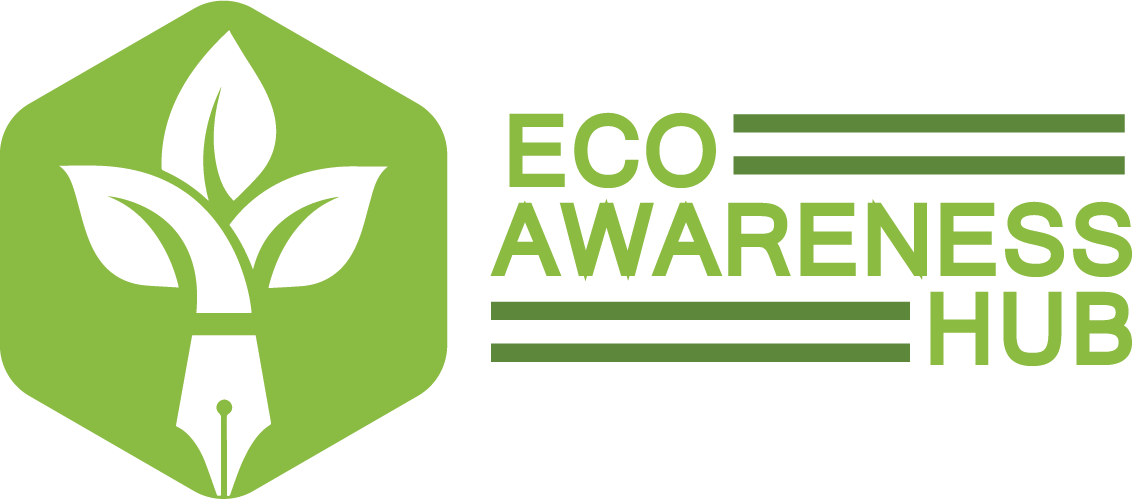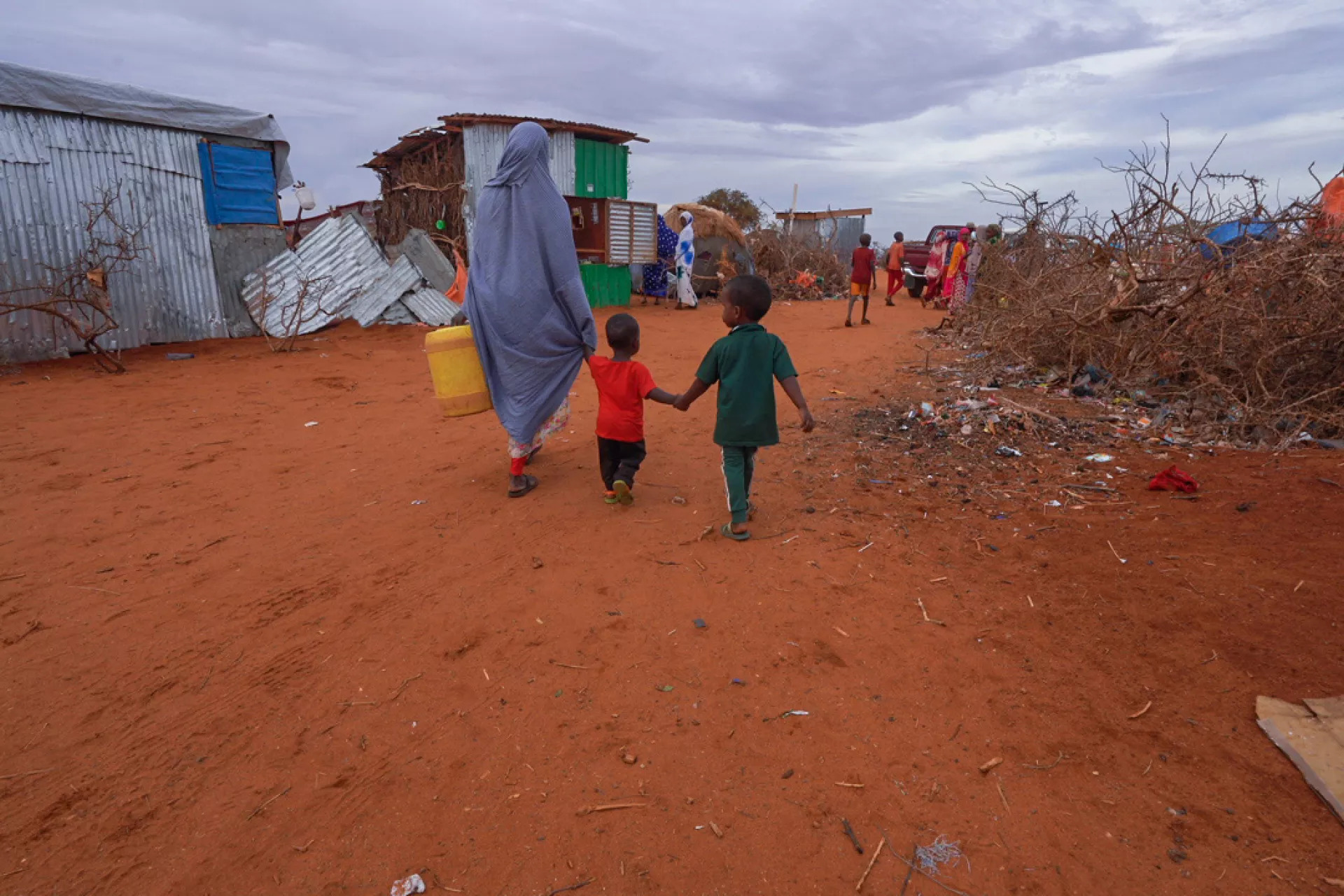Water, an essential element for human existence, plays a pivotal role in determining the course of socio-economic progress.
In Somalia, the scarcity of clean water poses numerous challenges in the pursuit of human development.
This article delves into the underlying significance of water as a prerequisite for progress, exploring the barriers to securing clean water and the climatic impacts on its supply.
Additionally, it examines the hydro-political tensions surrounding water resources and highlights innovative solutions that can address the water crisis.
The article also emphasizes the importance of community-led resource management and the dynamic role of international aid in alleviating the water challenges faced by Somalia.
Underlying Significance of Water
Barriers in Securing Clean Water
Climatic Impacts on Supply
Hydro-Political Tensions
Innovative Water Solutions
Community-Led Resource Management
International Aid Dynamics
Underlying Significance of Water
Water plays an indispensable role in the human development of Somalia, presenting both challenges and opportunities. Understanding the underlying significance of water is crucial in addressing the country’s developmental needs.
- Access to clean water:
- Water scarcity remains a major challenge, affecting millions of Somalis.
- Lack of access to clean water exposes communities to waterborne diseases and impedes development.
- Providing safe water sources is a pressing priority for improving public health and livelihoods.
- Agricultural productivity:
- Water scarcity hampers agricultural activities, impacting food security and economic stability.
- Investing in irrigation systems and water management can boost agricultural productivity.
- Efficient water usage and conservation practices can enhance crop yields and reduce poverty.
- Infrastructure and employment:
- Developing water infrastructure offers opportunities for job creation and economic growth.
- Investments in water-related industries, such as drilling wells or constructing water distribution networks, can stimulate local economies.
- Providing safe water access in rural areas can contribute to reducing migration to overcrowded urban centers.
In conclusion, recognizing the underlying significance of water is essential in addressing challenges and seizing opportunities for human development in Somalia.
Barriers in Securing Clean Water
The availability of clean water is a critical factor for human development in Somalia. Unfortunately, numerous challenges hinder the securement of this vital resource. These challenges include:
- Inadequate Infrastructure: Limited infrastructure for water supply and sanitation systems hinders access to clean water for many communities.
- Water Scarcity: Somalia faces water scarcity due to geographic location, erratic rainfall patterns, and prolonged droughts, making it challenging to meet the water demand.
- Limited Funds: Insufficient financial resources allocated towards building and maintaining water infrastructure make it difficult to address the water crisis effectively.
- Political Instability: The political situation in Somalia affects the implementation of water resource management policies and creates obstacles to long-term sustainable solutions.
- Poor Water Quality: Pollution from industrial activities and inadequate waste management contribute to the contamination of water sources, posing significant health risks.
Overcoming these barriers requires collaborative efforts from the government, international organizations, and local communities. Implementing infrastructure projects, promoting efficient water management, advocating for adequate funding, and enforcing strict environmental regulations are vital steps towards securing access to clean water, enabling human development in Somalia.
Climatic Impacts on Supply
The availability of water is crucial for human development in Somalia, but numerous challenges arise due to climatic impacts on its supply.
Drought:
- Prolonged droughts are frequent in Somalia, resulting in water scarcity and limited access to potable water.
- Deterioration of water quality due to increased salinity and contamination from alternative water sources exacerbates the situation.
- Unpredictable precipitation patterns further contribute to the vulnerability of water supply in the region.
- Floods:
- Erratic rainfall events, when they do occur, often lead to flash floods, which overwhelm inadequate infrastructure and destroy existing water sources.
- Floodwaters also lead to the contamination of drinking water, heightening health risks for the population.
Sea-Level Rise:
- The rising sea levels pose a significant threat to water resources along coastal areas, resulting in saltwater intrusion into groundwater sources.
- This intrusion compromises the quality and availability of freshwater, exacerbating water scarcity in these regions.
Addressing these climatic challenges is essential for ensuring water as a prerequisite for human development in Somalia.
Hydro-Political Tensions
Water scarcity and management in Somalia are entangled in complex hydro-political tensions, posing challenges and opportunities for human development in the country.
- Competition for limited resources: Due to inadequate infrastructure and weak governance, multiple stakeholders, including communities, agricultural sectors, and industries, compete for the limited water resources available.
- Transboundary issues: Somalia shares its water sources with neighboring countries, sparking disputes over water rights, usage, and management. These disagreements further strain the already fragile political relationships in the region.
- Access and equity: Disparities in access to clean water pose a significant challenge in Somalia, with marginalized communities often facing difficulty in obtaining safe drinking water and sanitation facilities.
- Climate change impacts: Somalia is highly vulnerable to climate change, which exacerbates water scarcity and disrupts traditional water sources. Droughts, floods, and erratic rainfall patterns intensify the challenges faced by communities already struggling with water availability.
- Integrated water management: Addressing these hydro-political tensions requires a comprehensive approach, encompassing efficient water resource management, robust governance frameworks, and regional cooperation to ensure sustainable access to water for all.
Innovative Water Solutions
In order to address the challenges and tap into the opportunities for human development in Somalia by improving access to water, innovative solutions need to be implemented. Some potential approaches include:
- Investing in Water Infrastructure: Developing and upgrading water infrastructure systems, such as building reservoirs, pipelines, and water treatment plants, to ensure a sufficient and reliable water supply.
- Promoting Rainwater Harvesting: Encouraging the collection and storage of rainwater through the use of tanks, wells, and household-level solutions, enabling communities to access water during dry seasons.
- Implementing Water Conservation Measures: Raising awareness about water conservation practices, such as fixing leakages, using low-flow faucets and toilets, and employing drip irrigation techniques in agriculture.
- Expanding Water Desalination: Exploring desalination technologies to extract freshwater from the ocean, providing a sustainable source of water for communities living along the coast.
- Enhancing Water Management Practices: Strengthening water governance systems, including the establishment of regulatory frameworks, water pricing mechanisms, and water user associations, to ensure equitable distribution and sustainable use of water resources.
By implementing these innovative water solutions, Somalia can overcome the challenges it faces and seize the opportunities for human development tied to access to clean and sustainable water sources.
Community-Led Resource Management
Community-led resource management plays a critical role in addressing the challenges and opportunities of water as a prerequisite for human development in Somalia. By empowering local communities, we can foster sustainable water management practices in the region. Here are some key approaches:
- Establishing water committees: Engaging community members in decision-making processes ensures their ownership and commitment to sustainable water resource management.
- Capacity building: Providing training and education on water conservation techniques empowers individuals to actively participate in monitoring and protecting water resources.
- Promoting water-efficient practices: Encouraging the adoption of efficient irrigation methods, rainwater harvesting, and water recycling can help reduce water wastage.
- Enhancing water infrastructure: Investing in reliable water supply systems, such as wells, boreholes, and pipelines, improves access to clean water for communities.
Furthermore, community-led resource management fosters social cohesion, mobilizes local resources, and promotes sustainable development. It is vital to collaborate with local authorities, NGOs, and international partners for capacity-building initiatives and to secure necessary funding to implement these management strategies.
International Aid Dynamics
The issue of water scarcity in Somalia has caught the attention of international aid organizations, paving the way for crucial support and collaborations. These aid dynamics play a vital role in addressing the challenges and exploring opportunities related to meeting water requirements for human development.
Challenges:
- Inadequate infrastructure for water storage, treatment, and distribution.
- High population growth amplifying the demand for clean water.
- Climate change affecting rainfall patterns and exacerbating water scarcity.
- Political instability hindering implementation of comprehensive water management strategies.
Opportunities:
- Increase in international aid funding, enabling development projects and capacity building.
- Partnerships with local communities and NGOs to empower sustainable water solutions.
- Implementation of innovative technologies for efficient water resource management.
- Educational programs promoting awareness about water conservation and hygiene practices.
These aid dynamics, coupled with the determination of local authorities and stakeholders, pave the way for progress in tackling water challenges and improving human development in Somalia.
Key Takeaways: Water as a Prerequisite for Human Development in Somalia
Access to clean water is crucial for the development of communities in Somalia, but numerous challenges exist.
Despite the underlying significance of water, barriers persist in securing a continuous supply.
Climate change further exacerbates the problem, leading to water scarcity and droughts.
Hydro-political tensions add another layer of complexity to the issue.
However, there are opportunities to tackle these challenges through innovative water solutions and community-led resource management.
International aid dynamics play a critical role in addressing water-related issues in Somalia.
It is evident that by prioritizing water access, Somalia can overcome obstacles and pave the way for sustainable development and improved livelihoods.

